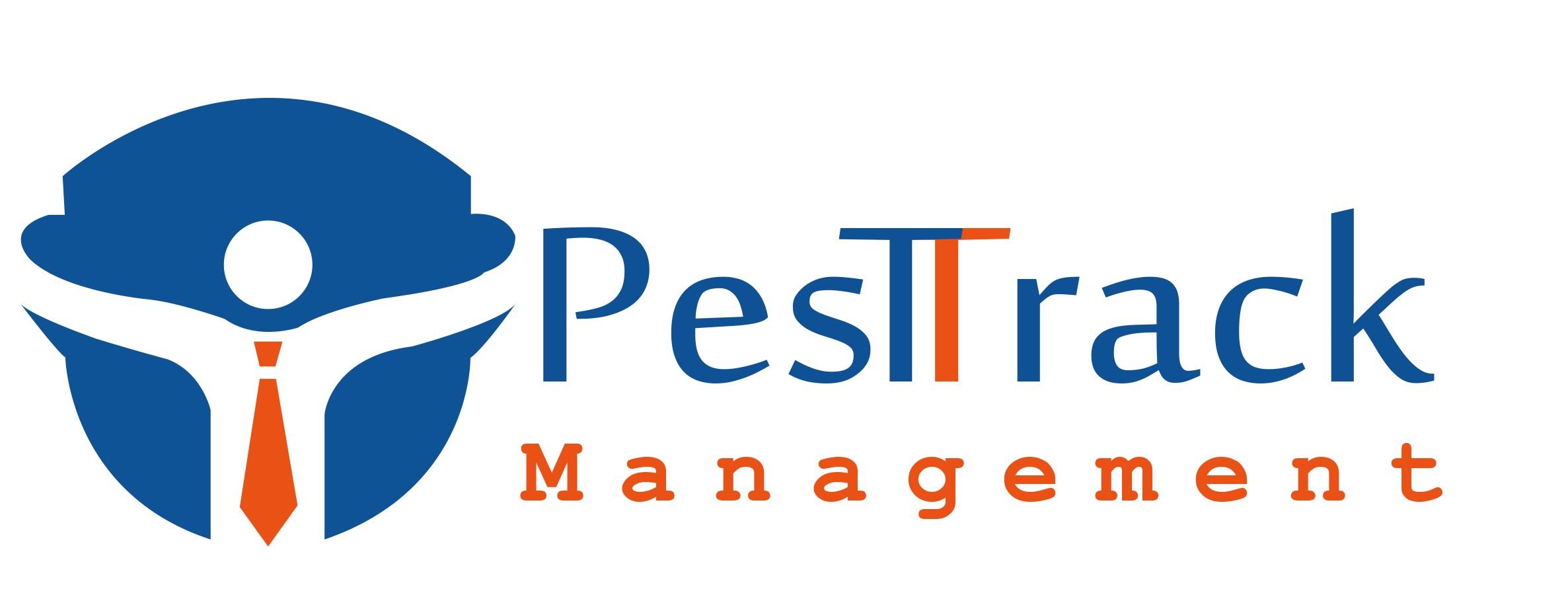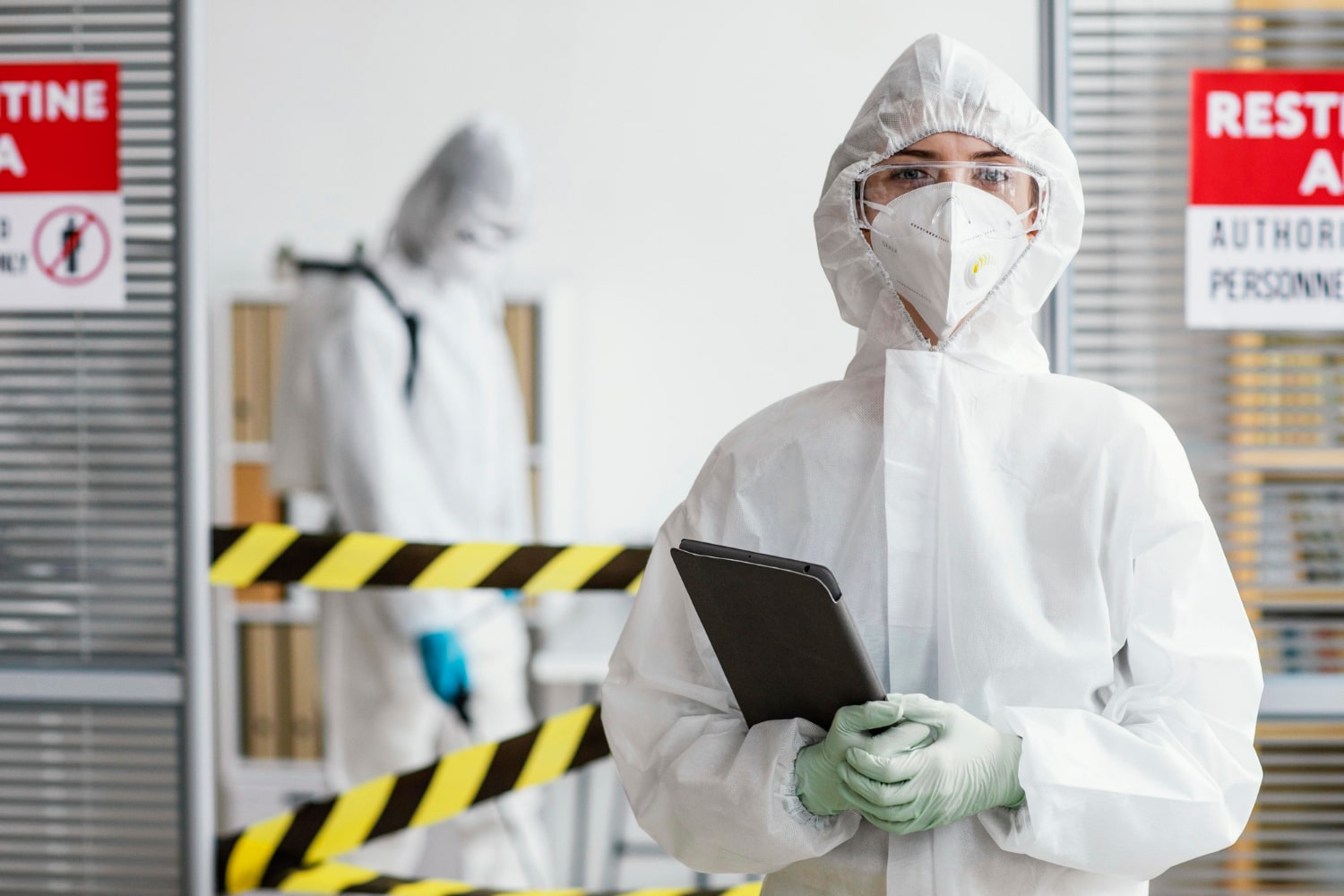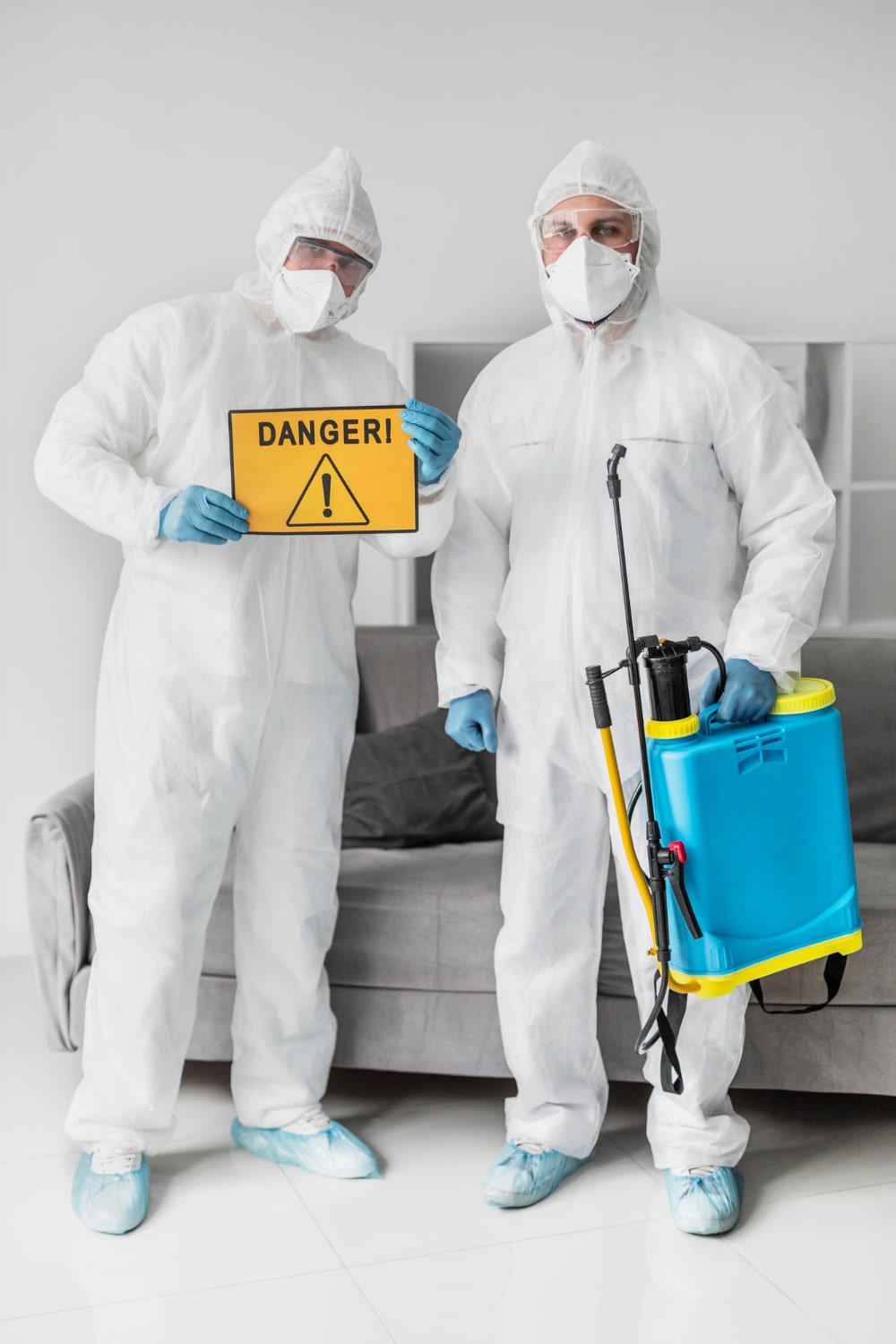Fogging vs. Larviciding: Which Is More Effective for Mosquito Control in Kochi in 2025?
Mosquitoes are a persistent issue in Kochi, Kerala, a vibrant port city characterized by a tropical climate that creates ideal conditions for these pests. The city's high humidity, abundant greenery, and frequent rainfall contribute to significant challenges in managing mosquito populations. These insects are particularly notorious for spreading diseases such as dengue, malaria, and chikungunya. For residents and businesses seeking effective pest control solutions, choosing the right method is critical. Pest control companies in Kochi offer two of the most common mosquito control techniques: fogging and larviciding. But which method is more effective in 2025, and how do they stack up in terms of safety, cost, and long-term results? This blog explores the differences, advantages, and limitations of fogging and larviciding to help you make an informed decision for a mosquito-free environment.
Understanding Mosquito Control in Kochi
Kochi's tropical climate, with its warm temperatures and regular monsoon rains, provides ideal hatching conditions for mosquitoes, particularly Aedes aegypti and Culex quinquefasciatus, which are common in the region. These mosquitoes flourish in stagnant water in sewers, pots, and other receptacles, necessitating appropriate pest control measures. According to health experts, mosquito density in Kochi is high, with Culex mosquitoes (carriers of filariasis) increasing while Aedes numbers (associated with dengue) are declining. The need for effective mosquito control measures is critical, as these pests pose serious health hazards and disrupt everyday living.
What is Fogging?
Fogging is a popular pest management approach that includes spraying a thin mist of insecticide into the air, which kills adult mosquitos on contact. This technique is very useful for providing fast relief in regions with significant mosquito activity. Fogging can be done with two types of equipment:
Thermal Fogging: This approach employs heat to evaporate an insecticide solution, resulting in a dense fog that spreads over a vast region. It's best for outdoor areas and works best around dawn or dusk, when mosquitos are most active.
Ultra-Low Volume (ULV) Fogging: This technology, also known as cold fogging, employs pressure to produce a fine mist without using heat. ULV fogging is adaptable, appropriate for both indoor and outdoor applications, and is frequently water-based, making it a more environmentally friendly option.
Fogging targets adult mosquitos and has immediate results, making it a popular choice for Kochi events, residential neighborhoods, and business places. Amicare and Knockout Mosquito are pest control firms that specialize in fogging services. They use eco-friendly and odorless chemicals to assure safety.
The Advantages of Fogging
Quick Effects: Fogging kills adult mosquitoes upon contact, resulting in a fast decrease in mosquito numbers and immediate respite from bites and buzzing.
Comprehensive Coverage: The fine mist is able to get through foliage, bushes, and other hard-to-reach locations where mosquitoes congregate, providing a thorough treatment.
Fogging may be used both indoors and outside, making it ideal for a variety of settings, including houses, gardens, workplaces, and public areas like hotels and restaurants.
Eco-Friendly Options: Compared to diesel-based alternatives, water-based fogging solutions employed by several pest control businesses in Kochi are safer and produce fewer obnoxious odors.
Customizable: Fogging treatments may be customized to meet individual requirements, with chemicals like pyrethrin or permethrin providing different degrees of residual effect.
Limitations of Fogging
Short-Term Effect: Fogging targets mainly adult mosquitoes, leaving eggs and larvae alone. Mosquito populations may rebound rapidly in the absence of subsequent treatments.
Timing Sensitivity: Fogging must be carried out when mosquitoes are at their most active, which may not always be practical, in order to be effective.
Environmental Issues: Although water-based fogging is safer, if applied improperly, certain compounds may still be harmful to non-target species such bees or butterflies.
Weather Dependency: The pesticide's effectiveness can be diminished by rain or severe winds that blow it away or spread it out.
Frequency Requirement: Fogging may need to be done weekly or biweekly to interrupt the mosquito reproductive cycle, which raises expenses.
What is Larviciding?
Using larvicides entails treating bodies of water where mosquito larvae grow with insecticides or biological agents to prevent them from becoming adults. This strategy aims at the mosquito life cycle's larval and pupal stages, concentrating on breeding habitats like flowerpots, tires, buckets, and standing water in drains. Larviciding is a crucial element of integrated mosquito control programs in Kochi, where high rainfall leads to frequent standing water.
Larvicides can be biological, using substances like Bacillus thuringiensis (BTI) to target larvae without harming other species, or chemical, such novaluron, which inhibits the molting process of larvae. As part of their overall mosquito control plans, pest management firms such Rentokil PCI and HiCare prioritize larviciding.
Benefits of Larviciding
A Preventive Strategy: Larviciding targets mosquito larvae before they mature into adults, which helps to reduce the overall mosquito population over time and provides a long-term solution.
Targeted action: Larvicides are applied directly to breeding sites, reducing harm to pollinators and other non-target species.
Prolonged Effects: Some larvicides, such novaluron, offer residual control for 90–150 days, minimizing the need for repeated treatments.
Environmentally Friendly Choices: Biological larvicides, such as BTI, are safe for people, animals, and the environment, making them perfect for use in residential settings.
Cost-Effective for Large Areas: Larviciding is a cost-effective method for treating big bodies of water or public areas like drains and ponds.
Larviciding's drawbacks
Requires Inspection: Because it may be labor-intensive to identify and treat all breeding sites in regions with widespread stagnant water, successful larviciding requires inspection.
Delayed Effects: Larviciding kills pre-adult stages, unlike fogging, which kills adult mosquitoes right away.
Limited Scope: Since larviciding only kills larvae, supplementary approaches are necessary to eradicate adult mosquitoes completely.
Environmental Elements: The larvicides' effectiveness may be reduced by high precipitation or water flow in Kochi's drains, which might dilute or wash away the chemicals.
Resistance Issues: Some mosquito species, such as the Culex quinquefasciatus in Kochi, have demonstrated resistance to specific larvicides, making the choice of active components essential.
In 2025, which method will be the most effective for Kochi?
The decision between fogging and larviciding is determined by your unique requirements, financial constraints, and the extent of the mosquito issue.
These are a few possible scenarios to help you make up your mind:
Immediate Relief: Fogging is preferable if you're experiencing a rapid increase in mosquito populations or if you're holding an outdoor event. Its capacity to swiftly lower adult mosquito populations makes it perfect for short-term control. Professional fogging services in Kochi, which guarantee quick results, are available from businesses like Knockout Mosquito and Amicare.
For Long-Term Prevention: Larviciding is more effective if your aim is to sustainably lower mosquito populations. It targets mosquito breeding places to prevent the next generation from developing. Rentokil PCI's larviciding treatments, which include cutting-edge acoustic larviciding, are perfect for Kochi's aquatic environment.
The most effective strategy in 2025 for all-encompassing control is an Integrated Pest Management (IPM) approach that integrates fogging, larviciding, and other strategies like source reduction (removing standing water) and biological controls (like introducing mosquito-eating fish). HiCare's 3X Mosquito Treatment, which incorporates surface treatments and anti-larval measures, is an example of this comprehensive strategy.
Trends in Kochi for 2025
Kochi pest control companies are increasingly using eco-friendly and sustainable methods in 2025. Because of their safety and low environmental effect, biological larvicides and water-based fogging are becoming more common. Game-changing innovations like acoustic larviciding and the In2Care mosquito trap, which targets both adults and larvae, are also emerging. Kochi Corporation is also ramping up larviciding and centralized fogging operations, with the goal of serving all city divisions once a week and sending 150 workers for better mosquito control.
Safety Considerations
When carried out by experts, larviciding and fogging are both normally safe. Water-based fogging solutions decrease environmental hazards, and synthetic pyrethroids, which are fogging chemicals, have low toxicity for humans and animals. BTI and novaluron are larvicides that are very targeted, reducing damage to non-target organisms. Residents, however, should adhere to pre- and post-treatment instructions, such as guaranteeing adequate ventilation afterward and remaining indoors during fogging.
Cost Considerations
Variables Influencing Cost Normally between $70 and $100 per session, fogging helps to provide long-term control requiring frequent treatments. Larviciding costs a little less, $50 to $150 per application, and its long-lasting advantages reduce the overall expense. The degree of infestation, the area's size, and the sort of chemicals employed all affect pricing. Organizations such Get Pest Control in Kochi offer complimentary inspections and quotes to assist you in arriving at an accurate estimate.
Conclusion
Both fogging and larviciding have their advantages in Kochi's 2025 fight against mosquitoes. Giving fast relief, fogging is best suited for urgent cases or busy locations. By halting mosquitoes at the source, larviciding provides instead a preventative, long-term solution. For the best outcomes, it is advised an integrated approach combining both techniques along with source reduction and community projects. Using eco-friendly and inventive methods, pest control firms in Kochi like Rentokil PCI, Amicare, and HiCare are well-equipped to customise solutions to meet your needs to create a safer, mosquito-free environment. Arrange a complimentary inspection right now with a reputable provider to start on successful mosquito management.






